Key Features
- High-Resolution cooled, monochrome APS-C Camera uses a 26 Megapixel (6280 x 4210 incl. overscan and optically black pixels) Sony IMX571 Back Illuminated Sensor
- Effective Pixel: 6252 x 4176 (23,45x 15,7mm, diagonal = 28,3mm)
- With Native 16-bit ADC and 3.76μm pixels
- Very low dark current (0.0005e/p/s@-20C), 0.001e/pixel/sec @ -10C
- High Dynamic Range 51ke- Full Well at 3.76μm pixels, > 75ke- in extended read out mode
- Ultra Low Read Noise 1.1e- at highest gain
- Maximum frame rate 6 FPS, 6,8 FPS at A/D 8 bit
- 1 GByte DDR3 image Buffer
- 4 selectable readout modes
- Best Match for Celestron RASA and Hyperstar System
- Use SONY's Exmor BSI CMOS technology and Electronic Rolling Shutter
- Two-stage Thermoelectric Cooling (35 C below ambient)
- USB3.0 interface
Description
With the advantage of low readout noise and high-speed readout, CMOS technology has revolutionized astronomical imaging. A monochrome, back-illuminated, high-sensitivity, astronomical imaging camera is the ideal choice for astro-imagers.
The QHY268M/C is a new generation of back-illuminated CMOS cameras with true 16-bit A/D and 3.76um pixels. This new Sony sensor is an ideal CMOS sensor exhibiting no amplifer glow. 16-bit A/D gives high resolution sampling of the whole full well range. Digitizing 0-65535 levels yields a smooth image with continuous gradation of greyscale levels. The QHY268M/C is a cooled, back-illuminated, CMOS camera based on the Sony IMX571 sensor with native 16-bit A/D and 3.76um pixels.
In order to provide smooth uninterrupted data transfer of the entire 26MP sensor at high speed, the QHY268 has 1GB DDR3 image buffer. The pixel count of the latest generation of CMOS sensors is very high resulting in greater memory requirements for temporary and permanent storage. The QHY268 has adopted a large-capacity memory of up to 1GB. Data throughput is doubled. This large image buffer meets the needs of high-speed image acquisition and transmission of the new generation of CMOS, making shooting of multiple frames smoother and less stuttered, further reducing the pressure on the computer CPU.
Internal Humidity Sensor
QHY268M has a unique internal humidity sensor (while QHY268C doesn’t). The Blue curve shown below represents humidity.
BSI: One benefit of the back-illuminated CMOS structure is improved full well capacity. This is particularly helpful for sensors with small pixels. In a typical front-illuminated sensor, photons from the target entering the photosensitive layer of the sensor must first pass through the metal wiring that is embedded just above the photosensitive layer. The wiring structure reflects some of the photons and reduces the efficiency of the sensor. In the back- illuminated sensor the light is allowed to enter the photosensitive surface from the reverse side. In this case the sensor’s embedded wiring structure is below the photosensitive layer. As a result, more incoming photons strike the photosensitive layer and more electrons are generated and captured in the pixel well. This ratio of photon to electron production is called quantum efficiency. The higher the quantum efficiency the more efficient the sensor is at converting photons to electrons and hence the more sensitive the sensor is to capturing an image of something dim.
Zero Amplify Glow: This is also a zero amplifer glow camera.
TRUE RAW Data: In the DSLR implementation there is a RAW image output, but typically it is not completely RAW. Some evidence of noise reduction and hot pixel removal is still visible on close inspection. This can have a negative effect on the image for astronomy such as the “star eater” effect. However, QHY Cameras offer TRUE RAW IMAGE OUTPUT and produces an image comprised of the original signal only, thereby maintaining the maximum flexibility for post-acquisition astronomical image processing programs and other scientific imaging applications.
Anti-Dew Technology: Based on almost 20-year cooled camera design experience, The QHY cooled camera has implemented the fully dew control solutions. The optic window has built-in dew heater and the chamber is protected from internal humidity condensation. An electric heating board for the chamber window can prevent the formation of dew and the sensor itself is kept dry with our silicon gel tube socket design for control of humidity within the sensor chamber.
Cooling: In addition to dual stage TE cooling, QHYCCD implements proprietary technology in hardware to control the dark current noise.
| Model | QHY268M | QHY268C |
| CMOS Sensor | SONY IMX571 M | SONY IMX571 C |
| Mono/Color | Mono | Color |
| FSI/BSI | BSI | |
| Pixel Size | 3.76um x 3.76um | |
| Effective Pixel Area | 6280*4210 (includes the optically black area and overscan area) | |
| Effective Pixels | 26MP | |
| Sensor Size | APS-C | |
| A/D Sample Depth
|
Native 16-bit (0-65535 greyscale) A/D | |
| Full Well Capacity (1×1, 2×2, 3×3) | 51ke- 75ke- or above in extended full well mode |
|
| Full Frame Rate | USB3.0 Port: Full Resolution 6.8FPS @8BIT 6FPS @16BIT 2048lines 13.6FPS @8BIT 11.5FPS@16BIT 1080lines 25.4FPS @8BIT 19.5FPS@16BIT 768lines 35FPS @8BIT 25FPS@16BIT 480lines 50FPS @8BIT 34FPS@16BIT |
|
| Readout Noise | 1.1e- High Gain,
3.5e- Low Gain (5.3e- to 7.4e- in extended full well mode) |
|
| Dark Current | -20C,0.0005e /pixel/sec
-10C,0.001e /pixel/sec |
|
| Exposure Time Range | 30us-3600sec | |
| Recommend Gain* | 30 (PH Mode,or Extended Full Well Mode)
56 (High Gain Mode) *With the improvement of the CMOS technology, For these 16bit CMOS cameras, even in lowest gain it has beyond the requirement of unit gain (less than 1e/ADU due to sufficient samples). Learn more at the “Readout Modes” part of this page. |
|
| Amp Control | Zero Amplifer Glow | |
| Firmware/FPGA remote Upgrade | Fully support via Camera USB port | |
| Shutter Type | Electronic Shutter | |
| Computer Interface | USB3.0 | |
| Built-in Image Buffer | 1GByte DDR3 Memory | |
| Cooling System | Two-stage TEC cooler
Less than 1S lower than ambient temperature -30C in continuous mode More than 1S continuous mode or lower than ambient temperature -35C in single frame mode (Test temperature +20°) |
|
| Optic Window Type | AR+AR High Quality Multi-Layer Anti-Reflection Coating | |
| Anti-Dew Heater | Yes | |
| Humidity Sensor* | Yes | No |
| Telescope Interface | Support M54 or M48 (Combined with adapters ) | Support M54 or M48 (Combined with adapters ) |
| Back Focal Length | QHY268M: 12.5mm* *If companied with the QHY filter wheel, the BFL consumed is counted as 12.5mm. The actual BFL (the intercept from the CMOS chip to the top of the camera) is 14.3mm (±0.3). Since most users will match CFW with monochrome cams, please take 12.5mm as major reference. |
QHY268C: 14.3mm(±0.3)*
*Since 2023, the top part of QHY268C is the same as 268M. |
| Weigth | About 810g | About 810g |
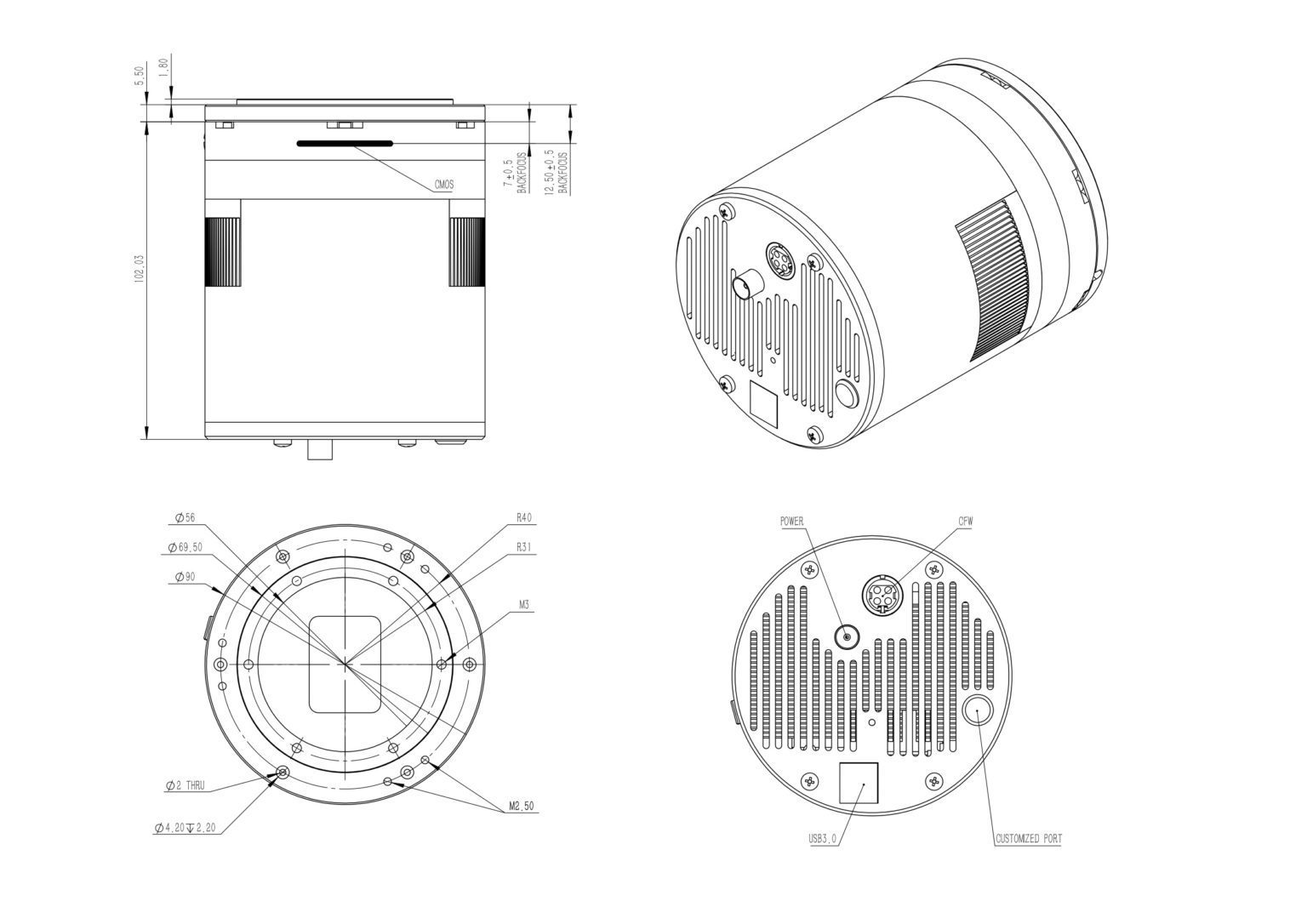
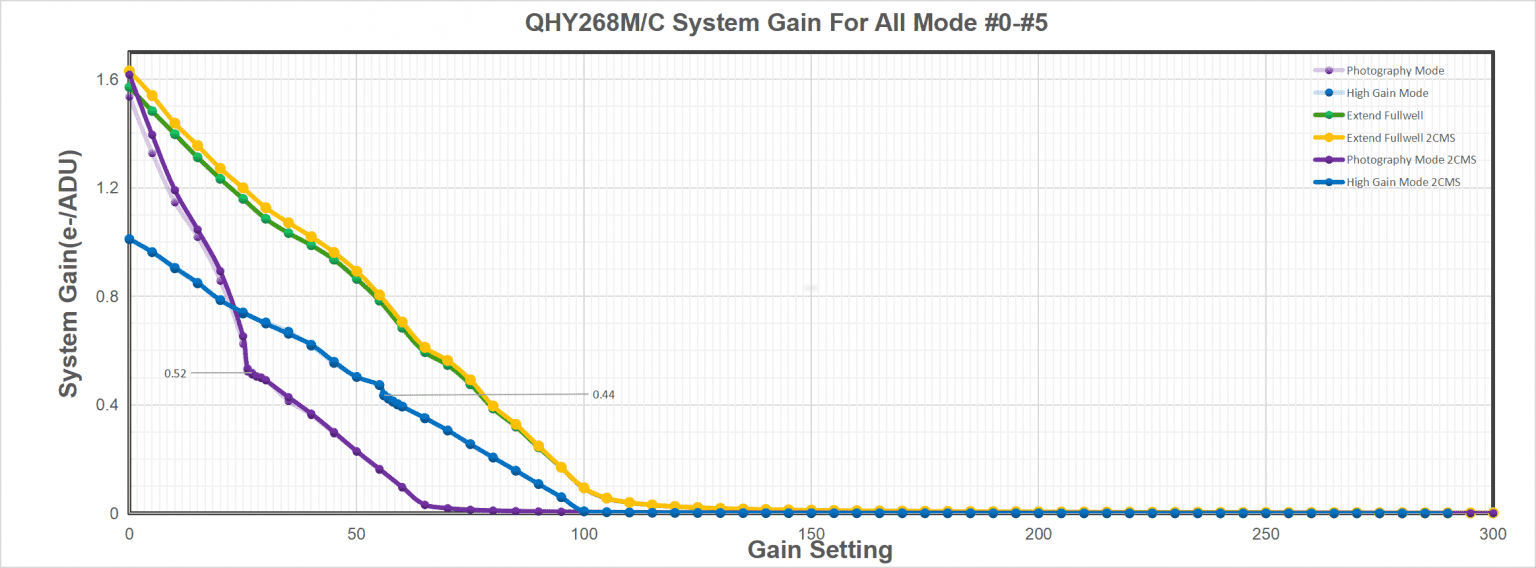
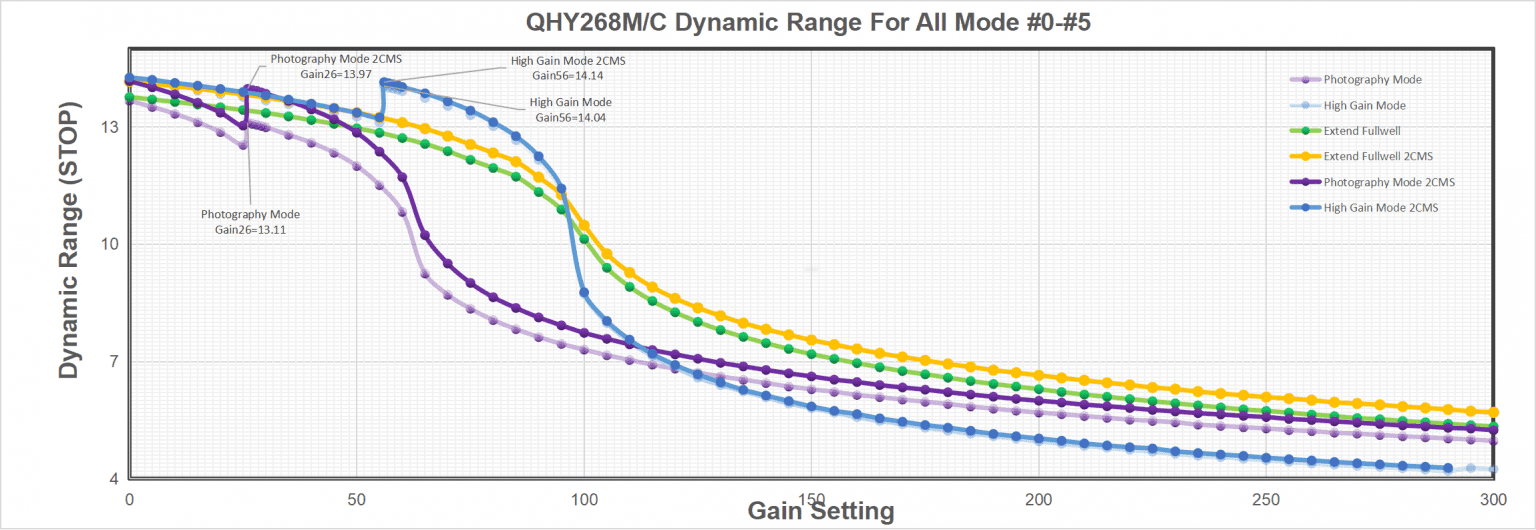
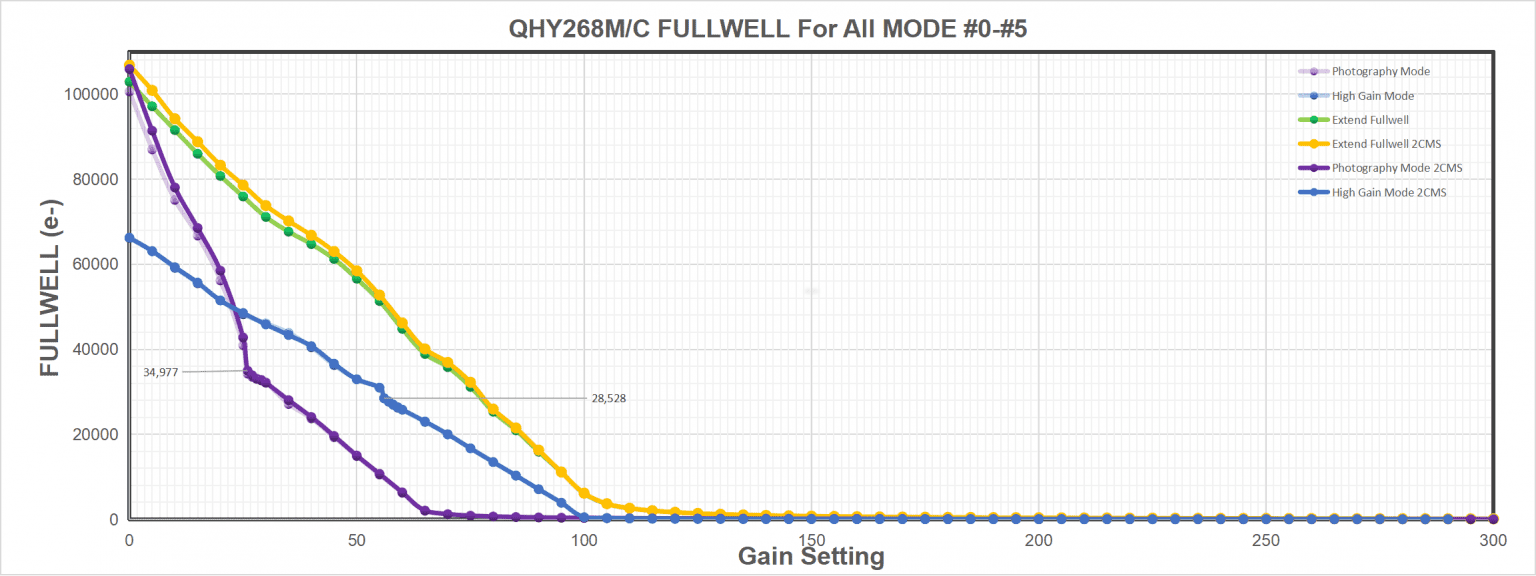
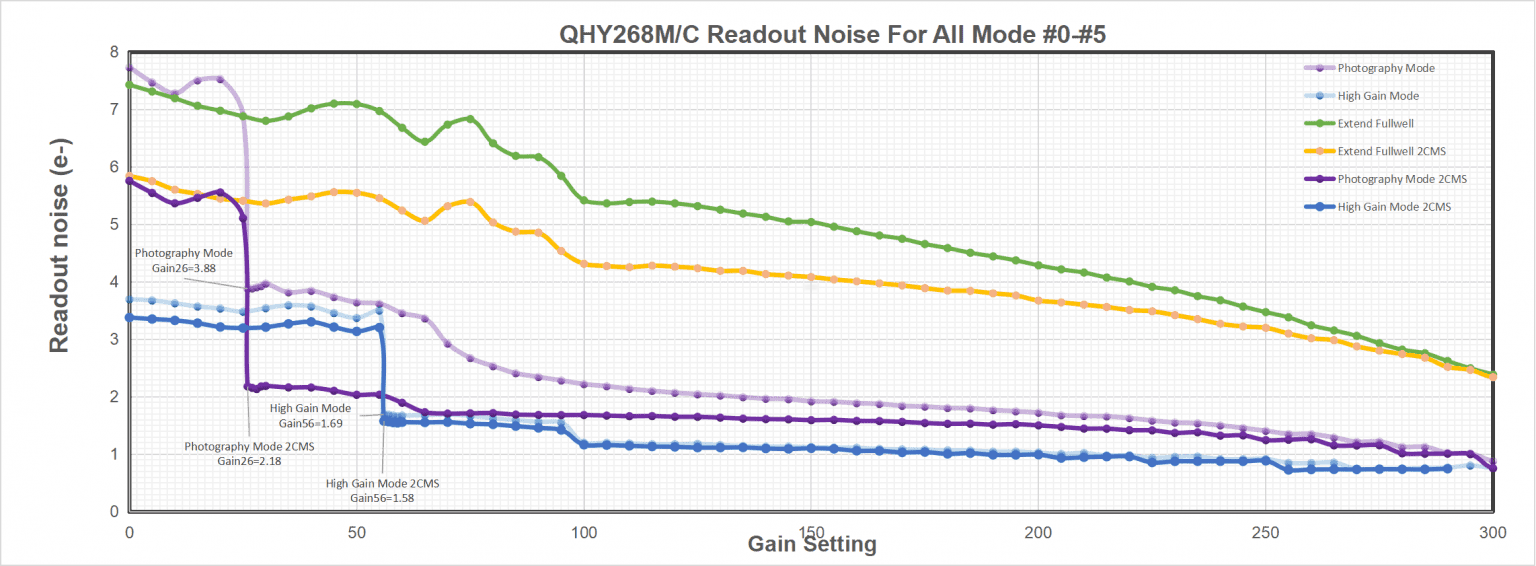
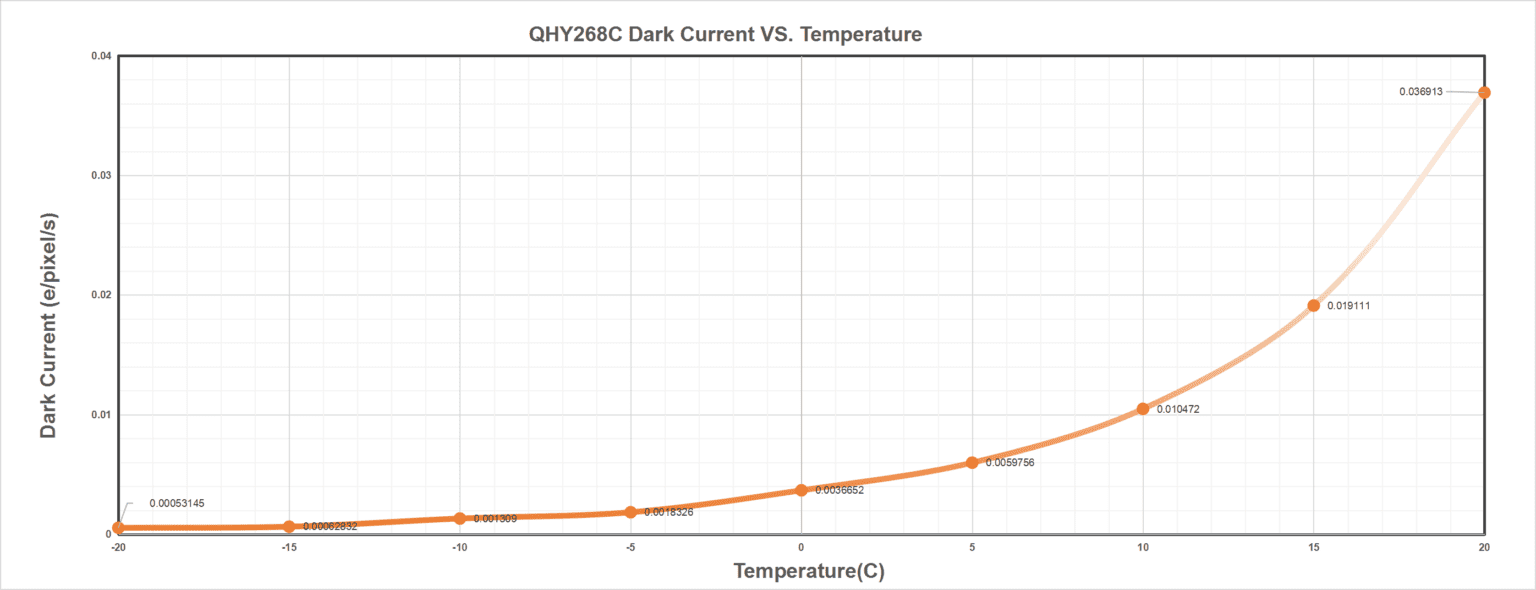
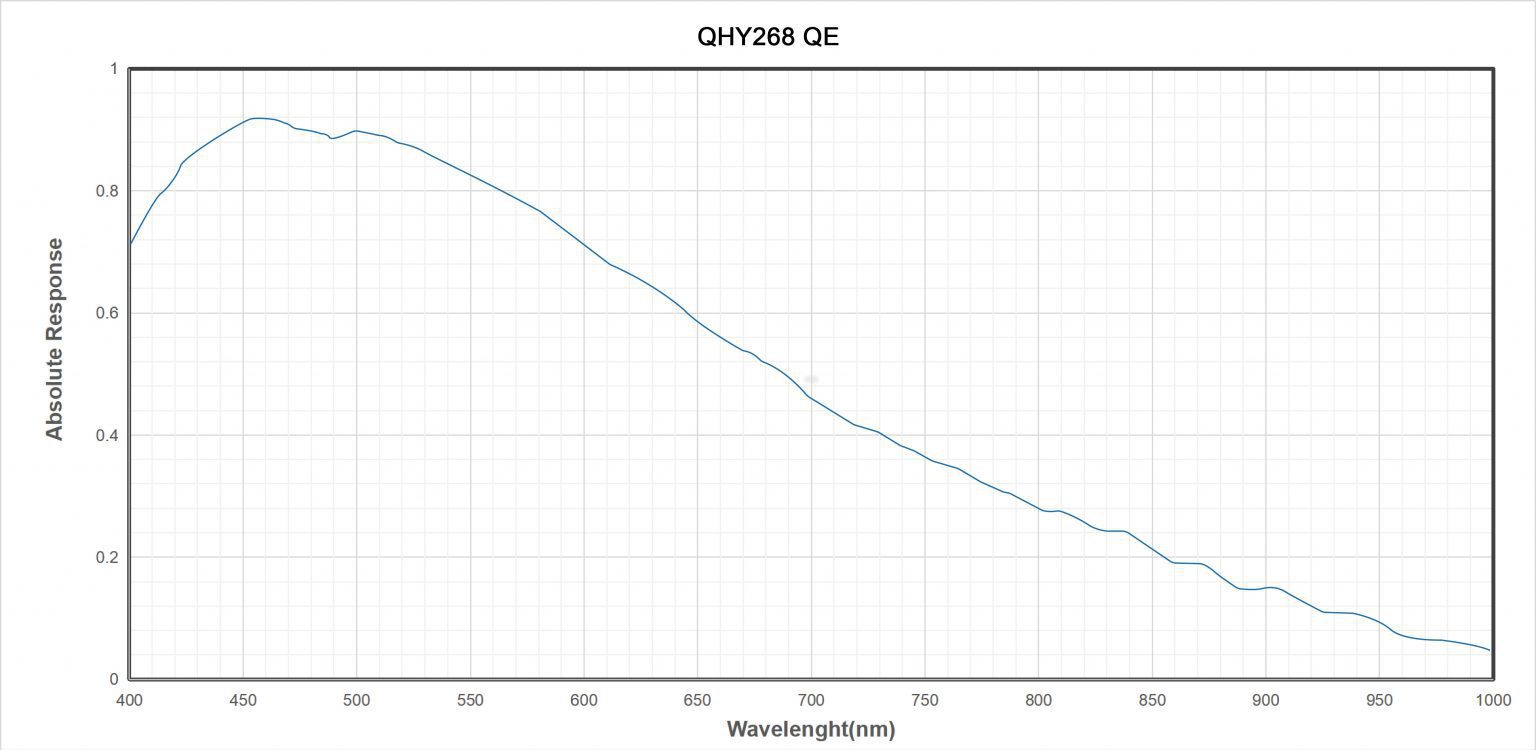
Reviews
Recommended
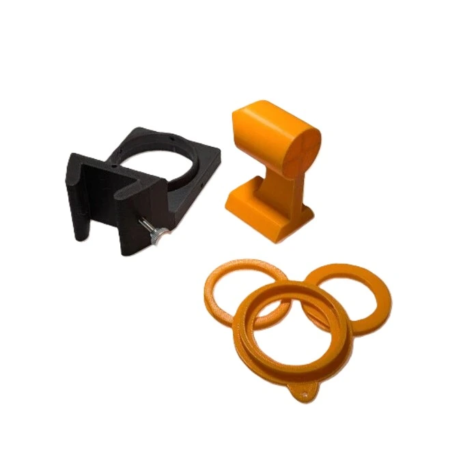
- In Stock
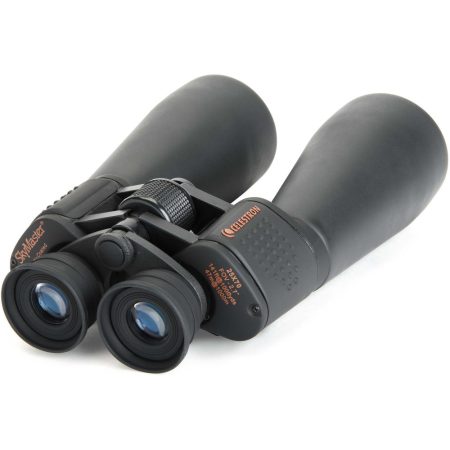
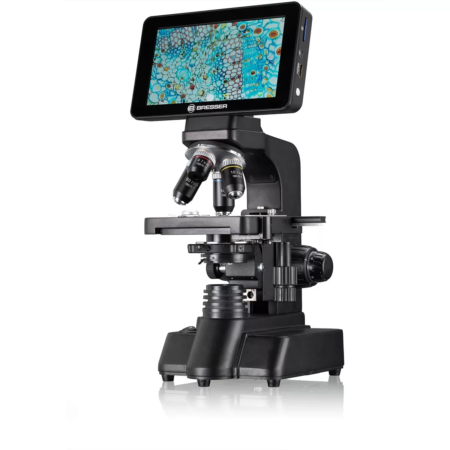
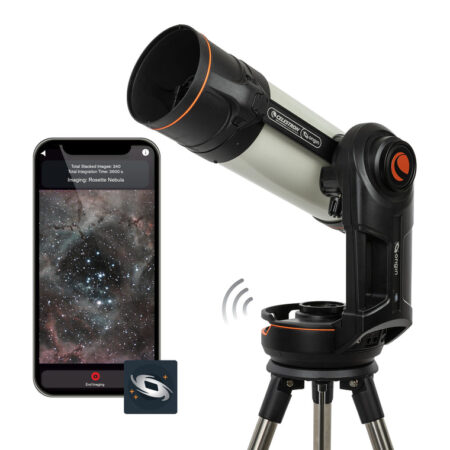
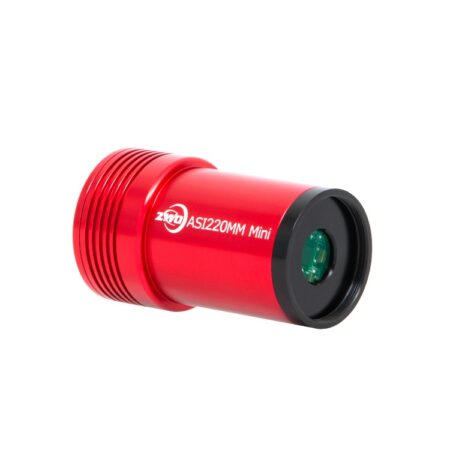
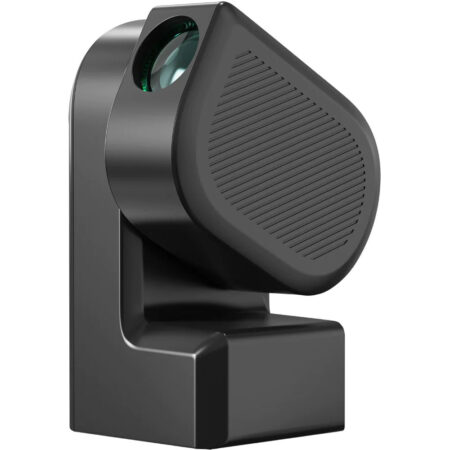
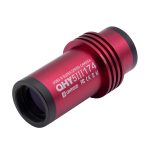
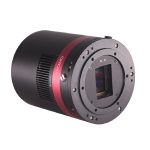
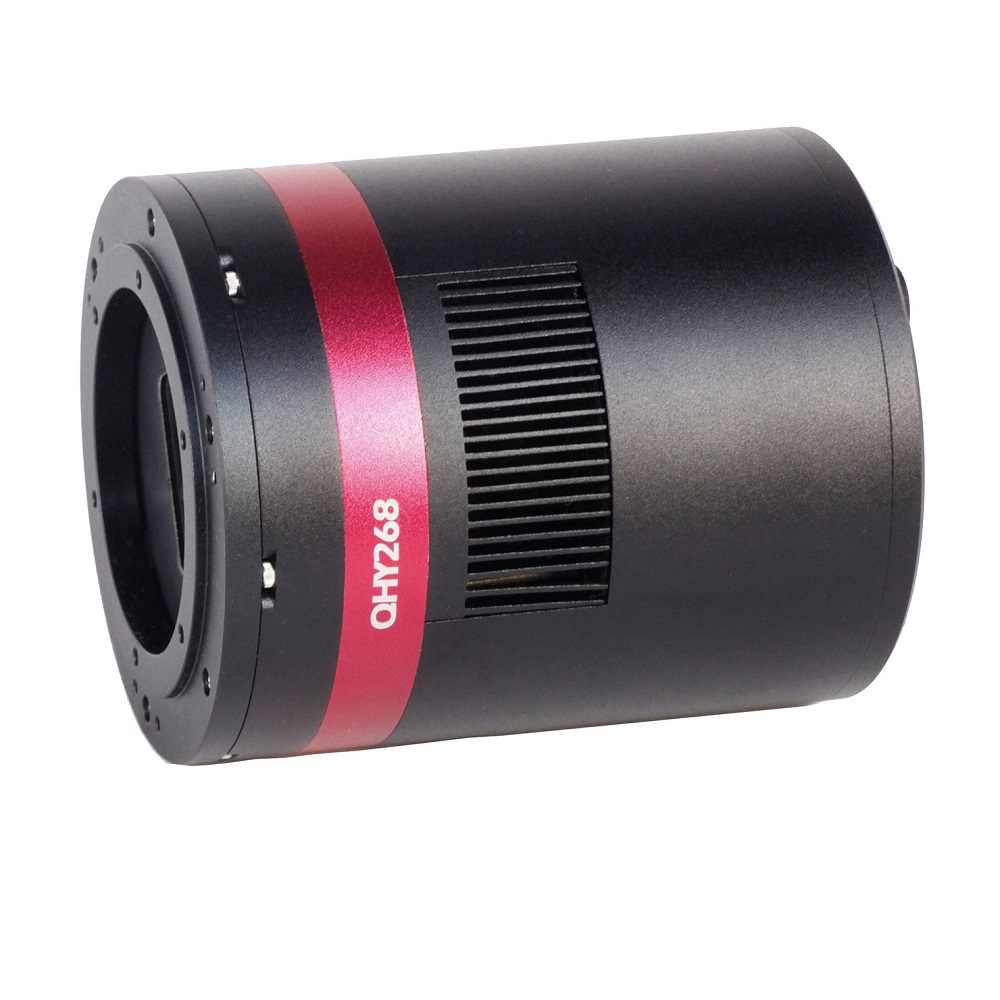
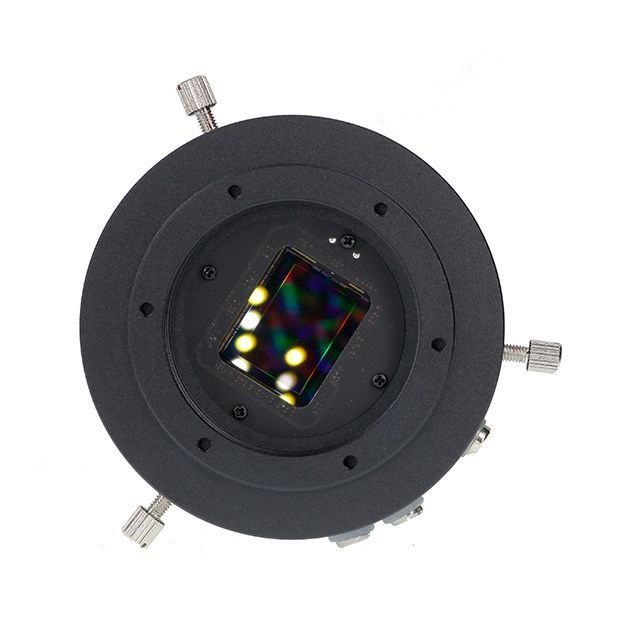
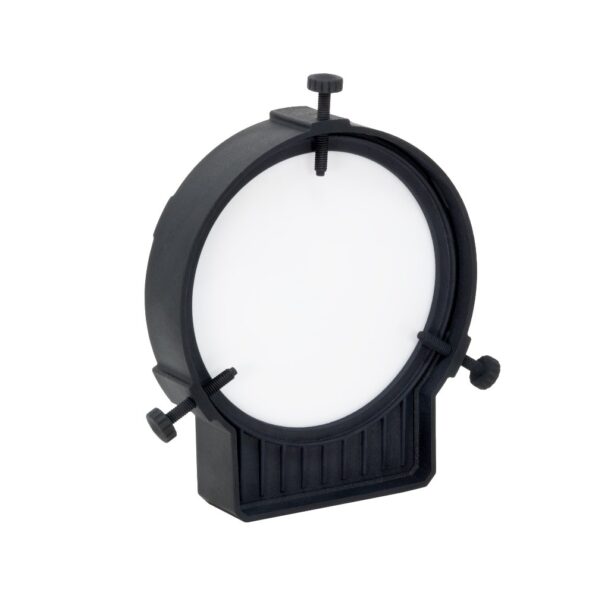
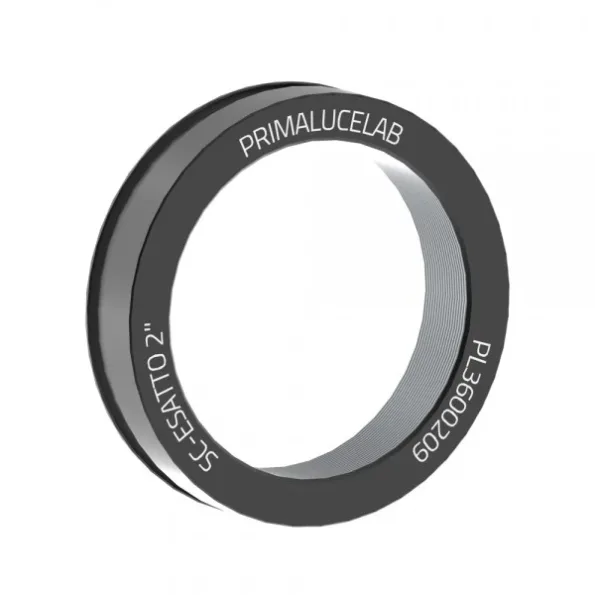
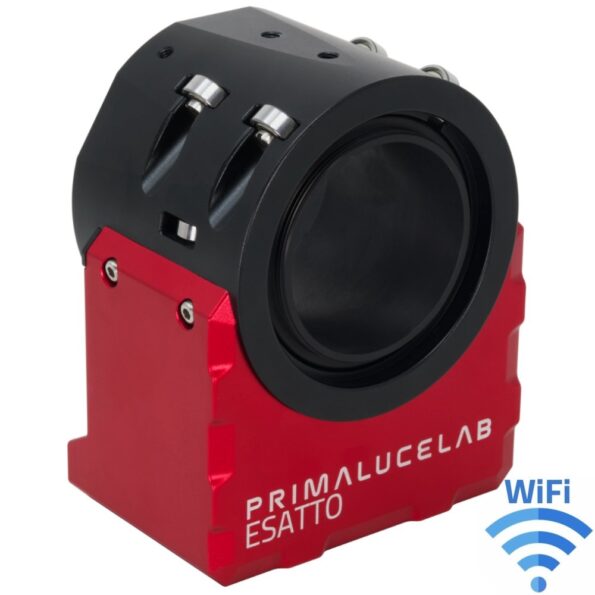
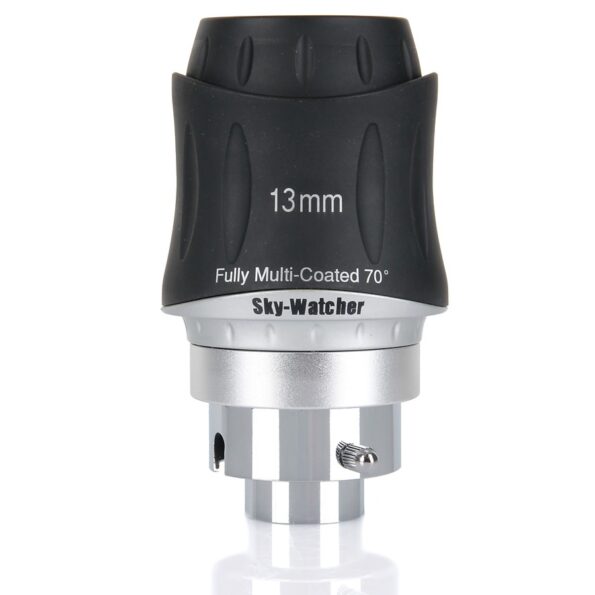
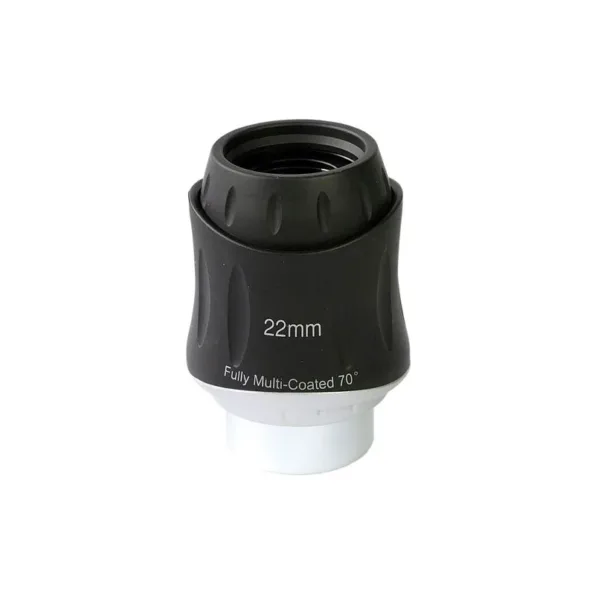
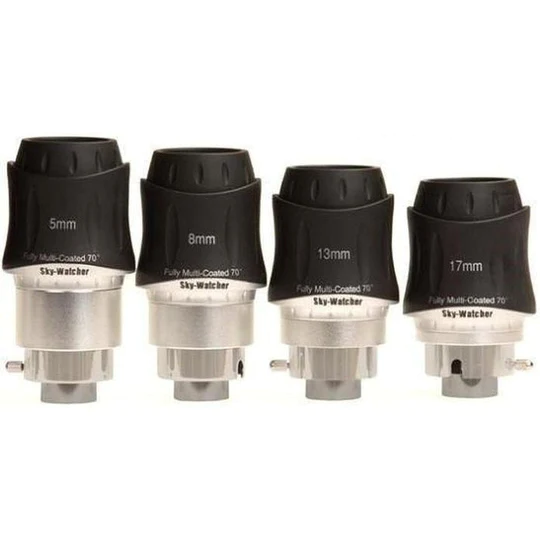
0.0 Average Rating Rated (0 Reviews)